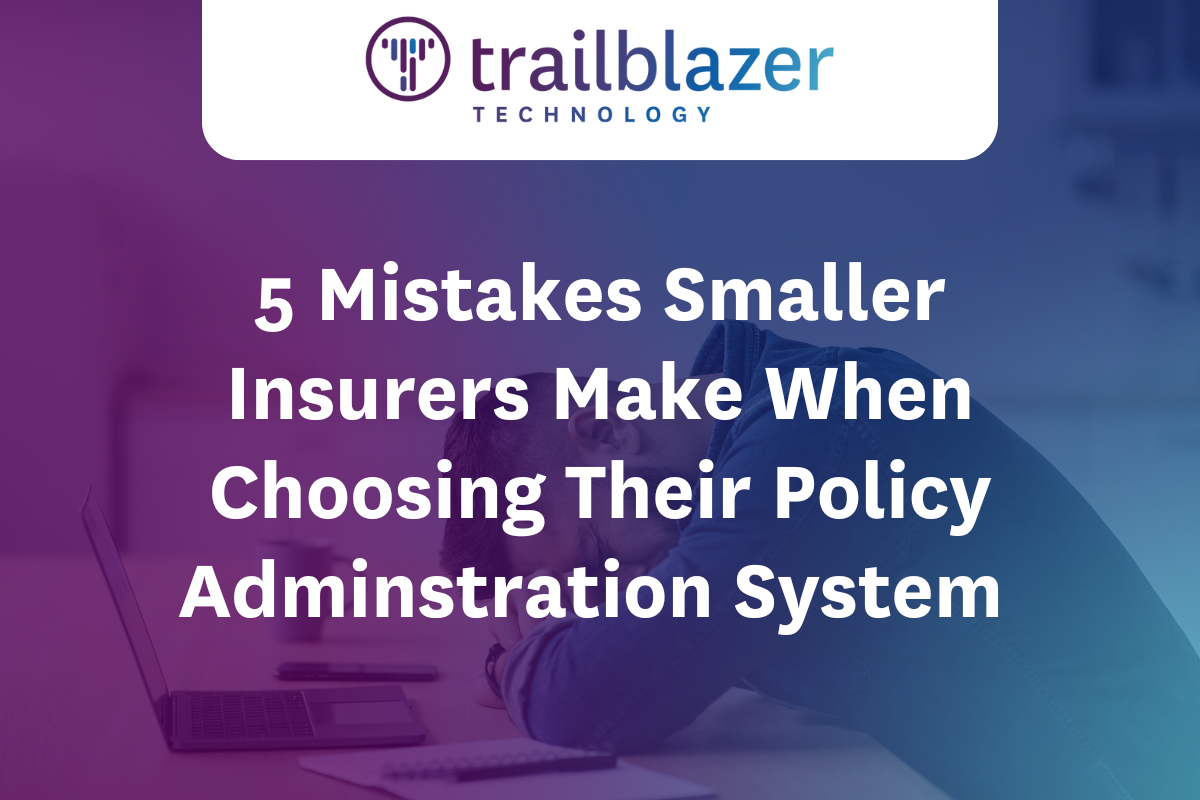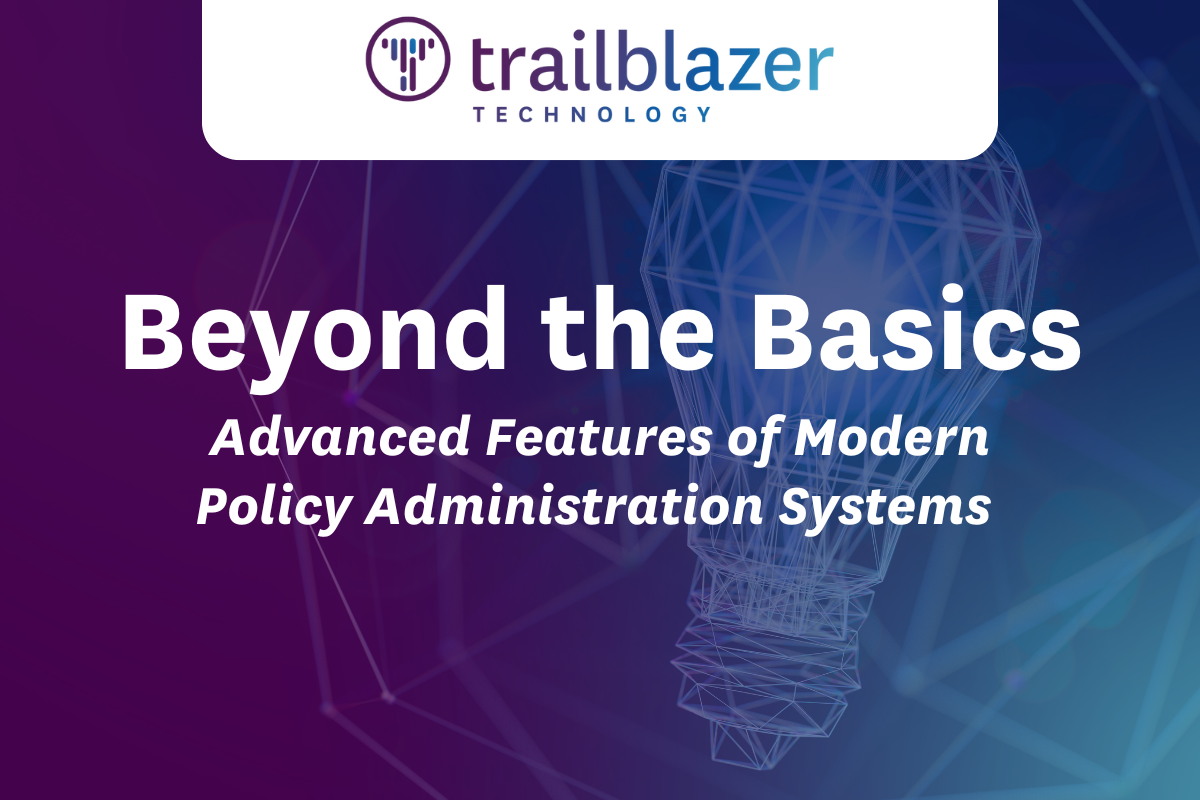2 min read
The ROI of Modern Technology for Smaller Insurers
You might think of "digital transformation" as a term for big companies, but for smaller insurers, it's a direct path to lasting growth and...
2 min read
Jake Williams
:
Jun 19, 2025 9:37:25 PM

Choosing a policy administration system is a significant decision for any insurance company, particularly for smaller operations. This system becomes the operational backbone, influencing everything from underwriting to customer satisfaction. Unfortunately, many smaller insurers encounter common pitfalls during this crucial selection process.
Let’s explore five key mistakes to help you make a more informed choice. Also, we’re including a System Comparison and Feature Checklist for you to download. Use this when you’re vetting new policy administration systems so you can make the best decision possible!
Many insurers opt for systems designed for larger, more standardized operations, leading to rigid workflows that don’t align with their unique needs. This can result in costly workarounds and diminished efficiency. Prioritize systems that offer configurability and adaptability to your specific processes and market.
Even if your current operations are modest, failing to consider future growth can lead to costly and disruptive system migrations. Ensure the chosen system can scale with your business, accommodating increased policy volumes and evolving operational requirements.
With larger, established vendors, smaller insurers can sometimes feel overlooked. Responsive and personalized support is crucial, especially during implementation and ongoing maintenance. Evaluate the vendor’s commitment to customer service and their ability to provide timely assistance.
While budget is a critical factor, focusing solely on the lowest upfront cost can be misleading. A seemingly inexpensive system might lead to hidden costs down the line, such as expensive customizations, limited scalability, or inadequate support. However, that does not mean more expensive is always better. Legacy systems that carry a hefty price tag might sound great on paper, but they are typically built for large insurance operations leaving smaller insurers having to make due with a system that isn’t built for their unique needs. Consider the total cost of ownership, including implementation, maintenance, and potential future upgrades.
While established vendors offer a sense of security, overlooking newer solutions can mean missing out on innovative features and cost-effective alternatives. Newer providers often focus on agility, client-centricity, and adapting to the evolving needs of smaller insurers.
When evaluating core policy systems, consider these factors:
Solutions like those offered by Trailblazer Technology focus on providing configurable systems that can grow with a company and offer a service centered approach. It is important to look at all available options when making this important decision.
Reminder to download the new system checklist! Click here to download.

2 min read
You might think of "digital transformation" as a term for big companies, but for smaller insurers, it's a direct path to lasting growth and...

2 min read
The Modern Policy Admin System Moving beyond the basics of policy management is a must for smaller insurers in today's competitive landscape. Modern,...
.png)
2 min read
Migrating your insurance data from outdated, manual systems to a modern cloud-based solution can feel overwhelming for a smaller insurer, but it...